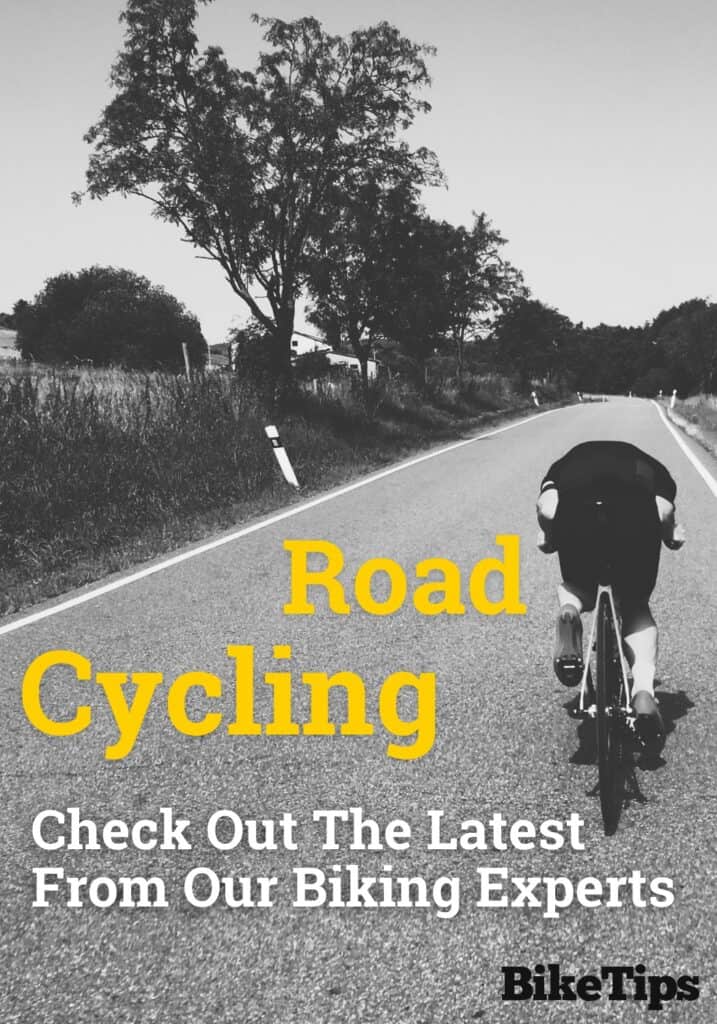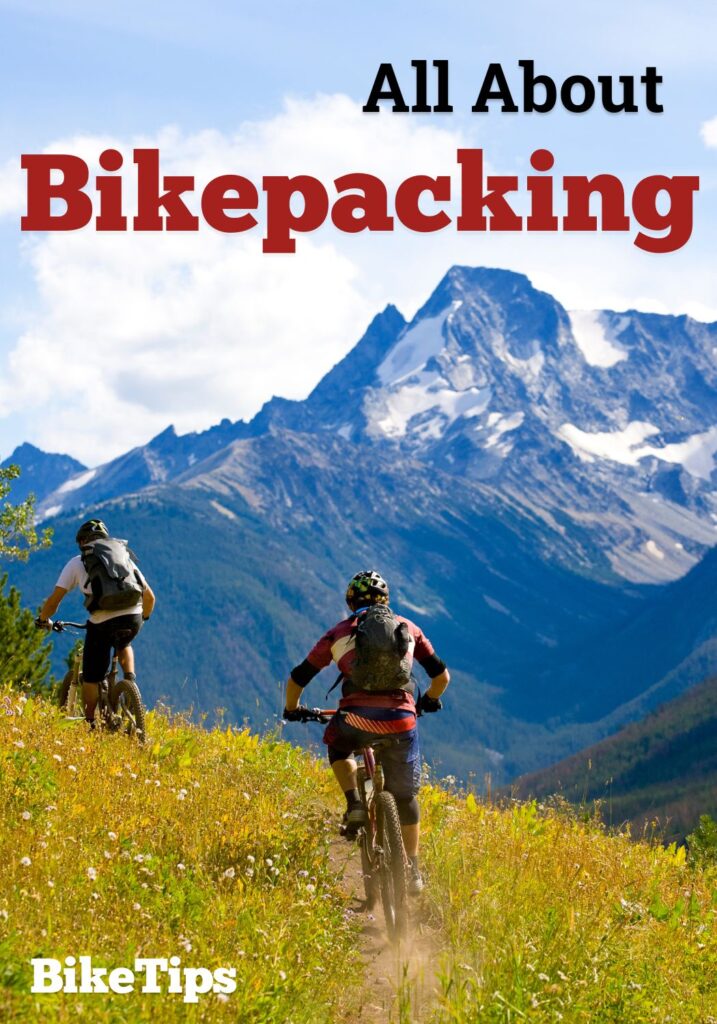The notion of a Zero Belly Diet plan promising to get you a flat belly certainly sounds appealing, but, does it actually work?
The Zero Belly Diet is diet and exercise program that focuses on eating nine “power foods” including fish, legumes, fruits and vegetables, and healthy fats to name a few, thought to support weight loss.
This diet follows a strict eating and exercise schedule and may be tricky to follow if your schedule doesn’t allow for you to eat five times per day at specific time slots.
In this guide, we will discuss what the Zero Belly diet plan involves, the nine “super foods”, and potential Zero Belly diet benefits and drawbacks.
Lets jump in!

What is The Zero Belly Diet?
The Zero Belly Diet was created by David Zinczenko, who is also the founder and CEO of The popular weight loss franchise Eat This, Not That!.
Zinczenkos Zero Belly Diet is a weight loss diet and exercise program that focuses on eating nine “power foods” thought to support weight loss.
The Zero Belly diet power food list includes generally healthy foods like fish, legumes, colorful fruits and vegetables, spices, healthy fats, and dark chocolate.
Like many healthier weight loss diets, the Zero Belly diet for weight loss also eliminates foods that are not as nutrient-dense, such as refined grains and processed meats.
Zinczenko authored a book on the Zero Belly Diet called Zero Belly Diet: Lose Up to 16 lbs. in 14 Days!, which is self-described as the revolutionary new plan to turn off your fat genes and help keep you lean for life!

What is the Typical Meal Plan for the Zero Belly Diet?
The Zero Belly diet plan involves eating three meals and 1 to 2 snacks per day, at least one of which needs to be a Zero Belly drink.
The Zero Belly smoothies are considered one of the power foods and are basically plant-based protein smoothies made with plant-based protein powder, plant milk, fruits, and nut butter found on the Zero Belly diet food list.
If you work out around lunchtime, you are told to eat breakfast around 7:30 AM and then drink your Zero Belly protein shake as your snack around 10 a.m.
Then, you exercise around noon, have lunch at 1 PM, have dinner around 6:30 PM, and have either another Zero Belly diet drink for your bedtime snack around 7:30, or you can have a snack using other Zero Belly diet foods.
This second snack would be optional, whereas the first snack in the morning would be mandatory.

One of the central tenets of the Zero Belly diet meal plan for weight loss is that you should be eating frequently to prevent cravings, balance blood sugar, and keep your appetite in check.
If you are not going to exercise or work out in the evening, you are supposed to have breakfast at 7:30 AM, lunch at noon without a morning snack, and then have your Zero Belly diet protein shake as your snack at 3:30 PM.
Finish your day with dinner at 6:30 PM and another Zero Belly Diet Smoothie at 7:30 PM for your evening snack, or skip the snack.
Exercise is a central part of the Zero Belly Diet; as Zinczenko says, the key to getting rid of belly fat is to build muscle throughout the body.
The Zero Belly Diet Program book includes a specific Zero Belly Diet workout routine using dumbbells that you should do three times a week.

What Foods are on the Zero Belly Diet?
The Zero Belly diet food list includes almost entirely whole, natural, unprocessed foods with the notable exception of the plant-based protein powder used to make the Zero Belly Diet protein smoothies.
You are supposed to eat as much of the nine power foods as possible, along with other Zero Belly diet-compatible foods.
Here are the nine power foods to eat on this flat belly diet for weight loss:
Zero Belly Diet Power Foods
- Lean Protein: Chicken breast, eggs, fish, seafood, lean meats such as sirloin steak, and plant-based protein powder.
- Red Fruits: Raspberries, strawberries, tart cherries, blackberries, watermelon, grapefruit, pink lady apples, peaches, pomegranates, and plums.
- Complex Carbohydrates: Beans, quinoa, brown rice, lentils, amaranth, whole oats.
- Healthy Fats: Nuts, seeds, avocado, fatty fish such as salmon flaxseeds, olive oil.
- Antioxidant-Rich Foods: Make up the remainder of the nine power foods, including leafy green vegetables such as kale and spinach, brightly colored vegetables across the spectrum of rainbow colors, spices, green tea, and dark chocolate.
You are also supposed to drink plenty of water per day to promote hydration, satiety, and metabolism.

What Foods Must you Avoid on the Zero Belly Diet?
There are several foods that you cannot eat on this weight loss plan. Here are the main foods to eliminate from your diet:
- Fatty meats such as fatty cuts of beef and pork, bacon, sausage, cold cuts, and fatty lamb.
- Some starchy vegetables such as potatoes, parsnips, and turnips.
- Whole grains that contain gluten, including wheat, rye, and barley.
- Dairy products, including milk, cheese, cream, ice cream, butter, etc.
- Refined oils such as soybean oil, palm kernel oil, sunflower oil, and safflower oil.
- Refined sugar and processed foods such as soda, cookies, sweets, potato chips, frozen dinners, pudding, diet, and foods with added sugar.
- Coffee is limited to a maximum of 1 cup per day. You should be prioritizing green tea.
- Alcohol is limited to one drink per day during the initial six-week Zero Belly diet meal plan and then it is still discouraged moving forward.
However, you do get one cheat meal per week.
You can find recipes using the power foods in the Zero Belly cookbook.
There are also Zero Belly diet simple meal plans, but you do not have to follow these plans; rather, they are just suggestions to help you figure out compatible diet recipes.

Is the Zero Belly Diet Good for Weight Loss and Health?
There are several potential Zero Belly diet benefits as well as drawbacks.
- Generally encourages healthy eating practices such as reducing the consumption of processed foods, fried foods, salty foods, sweetened beverages, etc., while drinking plenty of water and eating fruits and vegetables.1Certain Foods Linked to Long-Term Weight Gain. (2015, May 22). National Institutes of Health (NIH). https://www.nih.gov/news-events/nih-research-matters/certain-foods-linked-long-term-weight-gain
- Emphasis on green veggies, colorful fruits and veggies, and red fruits provides antioxidants and polyphenols.2Aune, D., Giovannucci, E., Boffetta, P., Fadnes, L. T., Keum, N., Norat, T., Greenwood, D. C., Riboli, E., Vatten, L. J., & Tonstad, S. (2017). Fruit and vegetable intake and the risk of cardiovascular disease, total cancer and all-cause mortality-a systematic review and dose-response meta-analysis of prospective studies. International Journal of Epidemiology, 46(3), 10291056. https://doi.org/10.1093/ije/dyw319
- Focuses on eating more low energy-density foods, which may help control appetite,3Buckland, N. J., Camidge, D., Croden, F., Lavin, J. H., Stubbs, R. J., Hetherington, M. M., Blundell, J. E., & Finlayson, G. (2018). A Low EnergyDense Diet in the Context of a Weight-Management Program Affects Appetite Control in Overweight and Obese Women. The Journal of Nutrition, 148(5), 798806. https://doi.org/10.1093/jn/nxy041 support weight loss,4Vadiveloo, M., Parker, H., & Raynor, H. (2017). Increasing low-energy-dense foods and decreasing high-energy-dense foods differently influence weight loss trial outcomes. International Journal of Obesity, 42(3), 479486. https://doi.org/10.1038/ijo.2017.303 prevent weight gain, 5Stelmach-Mardas, M., Rodacki, T., Dobrowolska-Iwanek, J., Brzozowska, A., Walkowiak, J., Wojtanowska-Krosniak, A., Zagrodzki, P., Bechthold, A., Mardas, M., & Boeing, H. (2016). Link between Food Energy Density and Body Weight Changes in Obese Adults. Nutrients, 8(4), 229. https://doi.org/10.3390/nu8040229 and reduce the risk of obesity.6Rouhani, M. H., Haghighatdoost, F., Surkan, P. J., & Azadbakht, L. (2016). Associations between dietary energy density and obesity: A systematic review and meta-analysis of observational studies. Nutrition, 32(10), 10371047. https://doi.org/10.1016/j.nut.2016.03.017
- Eating frequently throughout the day can help control appetite and prevent overeating at meals.
- Encourages exercise, which is great for weight management and health.7Clark, J. E. (2015). Diet, exercise or diet with exercise: comparing the effectiveness of treatment options for weight-loss and changes in fitness for adults (1865 years old) who are overfat, or obese; systematic review and meta-analysis. Journal of Diabetes & Metabolic Disorders, 14(1). https://doi.org/10.1186/s40200-015-0154-1
- A weekly cheat meal may improve adherence.

What are the Drawbacks of the Zero Belly Diet?
There are also some potential drawbacks of the Zero Belly diet plan, including the following:
- There is insufficient evidence that the Zero Belly diet power foods help burn fat or regulate fat genes.8Weight-loss and Nutrition Myths. (n.d.).
- Eliminates several food groups that are generally considered relatively healthy, such as low-fat dairy products, starchy vegetables like potatoes and sweet potatoes, and whole grains like barley and rye. If you are not sensitive to dairy, gluten, or blood sugar issues, there should be no reason to remove these nutritious foods from your diet.
- The fairly rigid eating schedule can be difficult if your lifestyle or work schedule doesnt permit frequent eating.
- Plant-based smoothies are required every day. Some nutrition experts suggest that eating whole foods rather than protein powder is always better, and making a smoothie every day can be cumbersome.

While the Zero Belly diet is relatively nutritionally balanced and removes several known less nutritious foods, the primary criticism of the Zero Belly diet meal plan is simply that there isnt evidence to specifically substantiate that the power foods indeed possess powers or added abilities to promote weight loss.
Furthermore, the Zero Belly diet claims that eating the power foods on the meal plan will help turn off fat genes while simultaneously helping you burn fat more easily, to help you lose belly fat.AC9E Insights Blog. (n.d.). Www.acefitness.org. https://www.acefitness.org/resources/pros/expert-articles/
Overall, the Zero Belly diet plan is not going to melt away your belly just because you are incorporating so-called power foods.
However, it is a relatively sound eating plan aside from the fact that it is overly restrictive with certain food groups being removed and may not be easy to follow.




